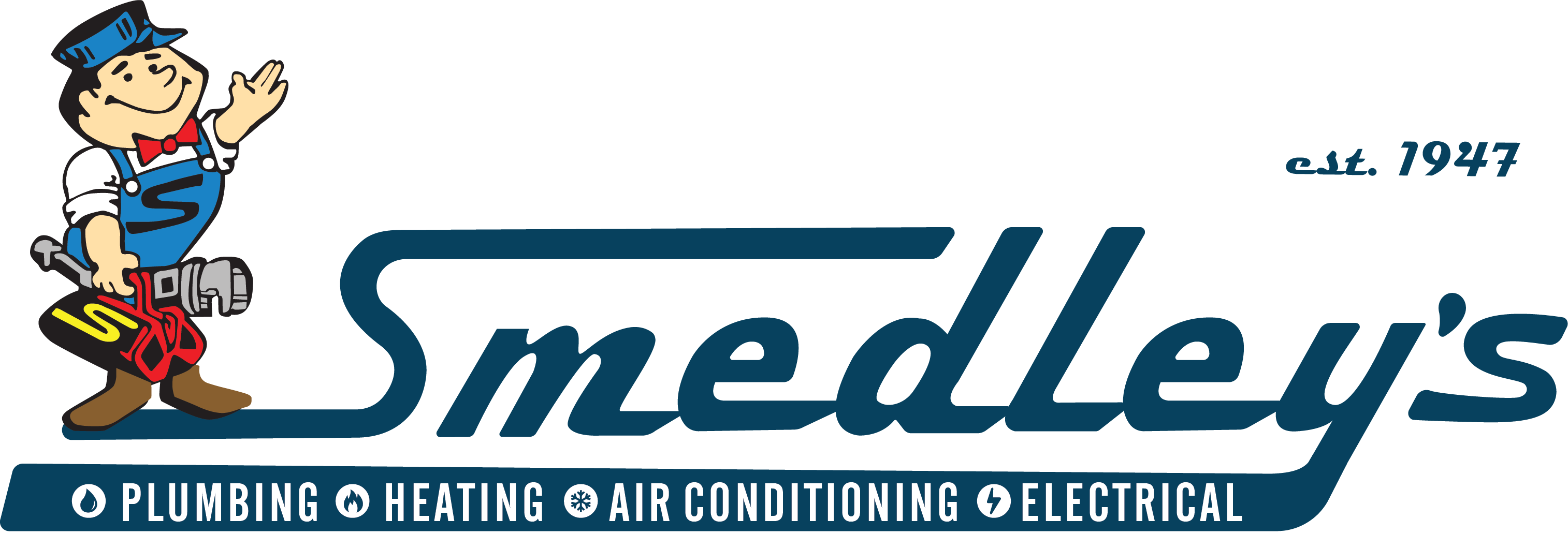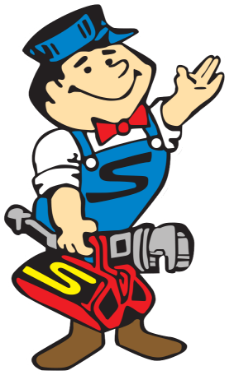Significant damage to heating, ventilation, and air-conditioning (HVAC) equipment happens when water levels rise over the bases of HVAC appliances. Flooding in the home can occur for several reasons, even if you live in the desert or a third-floor condominium.
You can prepare your HVAC system for flooding and keep yourself safe after flooding affects your HVAC system. Learn what you need to know about flooding and your home’s heating and air conditioning equipment.
Flooding is a Risk for Every Homeowner
When a dam bursts or a river overflows its banks, many homes are affected by floodwaters. Flooding in the home can also occur when nearby storm drains are overwhelmed by a sudden downpour.
In the summer of 2017, an inch of rain dropped on the Salt Lake City region in 40 minutes, inundating the local roads and storm-drainage systems with water. At least one hundred homes were affected by issues, including flooding, in basements during the Salt Lake City event.
Flooding can also occur due to:
- Spring snowmelt
- Disabled sump pump (either because of a power outage or another reason)
- Poor yard drainage
- Burst water heater or plumbing pipes
- Backed up sewer or septic lines
- Overflow from upstairs neighbors’ negligence
If any of these situations is a possibility in your home, your HVAC system could be flooded or damaged by floodwater.
Flood Damage to HVAC Systems Is Costly and Hazardous
When your HVAC system is submerged in floodwater, every surface of the equipment is susceptible to the growth of microorganisms. Infectious bacteria may settle in ductwork, fans, and other components of your heating and air conditioning equipment.
Bacteria, viruses and other agents that may infect your system include:
- E. coli
- Salmonella
- Shigella
- Hepatitis A
- Typhoid
- Tetanus
Many of these agents can come in contact with people who try to repair or move HVAC equipment. Bacteria and chemicals in water can become airborne if your HVAC is turned on after being exposed to floodwater.
Protecting Your HVAC System Is Possible
You can protect your HVAC system from flooding in several ways. First, assess your system’s risk of flooding in its current location. Three questions to help you assess your home’s flooding risk include:
- Is the home in a flood-prone area near a body of water or other hazard?
- Is the home’s outdoor drainage adequate?
- Is the main indoor furnace or AC unit located under a bathtub, a water heater, or plumbing pipes?
If your main HVAC appliance is located in the basement, you should elevate the entire unit on a platform to protect the parts from floodwater. You can also have a concrete block or other enclosure built around your furnace to keep out floodwaters. These two types of protective measures only work for flooding that reaches up to the platform or the wall top.
If you live where there is a high risk that your basement or lower floor will flood, have the HVAC equipment relocated to an upper floor.
Cleaning After the Flood Is Key to Protecting Your Health
Any flood-tainted HVAC system must be checked and repaired before further use. The system must also be cleaned. While the system is being cleaned, components can be checked for irreversible damage.
HVAC cleaning steps after flooding include:
- Shut off all power and gas to the unit
- Remove and discard the insulation and filter
- Use a HEPA-filter-outfitted vacuum to clean surfaces
- Disinfect with a solution of 1 cup of bleach and 1 gallon of water
- Rinse parts thoroughly and allow to dry
Every flood-exposed bend, nook, and cranny of the system must be broken down and disinfected. Some parts, including compressors and electronics, need to be replaced. The person or people cleaning the HVAC system must do so in a well-ventilated space and keep clean and dirty parts separate.
Hiring a Qualified Professional Is Vital to Flood Remediation
After cleaning the HVAC equipment, schedule an experienced HVAC crew to inspect your flood-damaged system before you run it for the first time. A whole host of problems could occur after a flood.
Compressors, heating elements, switches, electrical connections, and other parts may need complete replacement. Only a trained HVAC professional can tell you if parts are worth salvaging or not. To be completely safe, no one should be present in the home until the system has been allowed to run for two to three days.
Let the system reach the desired temperature for the season. The air quality and odor must be checked to ensure they conform to indoor air-quality standards. If problems persist, the HVAC system should be re-inspected, cleaned, and flushed until the smell and air quality improve.
Contact Smedley Service to schedule a relocation of your HVAC system or inspection of a flooded HVAC unit. We serve customers in the greater Layton, Utah, region.




